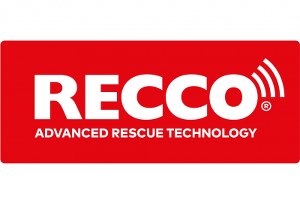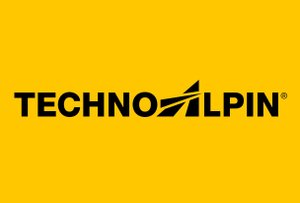ARENA Highlights How Ski Resorts Benefit From Geodata

What cartographers used to have to laboriously draw on paper by hand is now created in unprecedented quality using drone images. Geodata has become indispensable in many areas of our society, including winter sports. From precise snow depth measurements and first-class preparation to year-round tourism opportunities, fleet management and digitalized piste rescue, geodata is used in almost every area of the ski business to save resources and reduce costs.
Collection and processing
Basically, geodata is recorded using aerial photographs. These can be satellite images, but nowadays drones with special measuring cameras are mostly used for this purpose. These are particularly efficient because, as they are not static in the air, they provide not only the geometry (area) of the terrain but also its topography (profile).
Thousands of individual photos are then combined to create a 3D model, a digital twin of the ski area. This allows the recorded region to be viewed as a whole or individual sections of it. Of course, 2D maps can also be created from this, which are relevant, for example, with regard to planned construction projects.
The terrain model can be supplemented with many other data sets, for example measurement data from individual snow points, operating data from the piste fleet or current weather data from GeoSphere Austria. Measurement results can therefore be assigned to a location and you always know what is happening where in the ski area.
Use and valorisation of geodata
The most important use of geodata is certainly snow depth measurement. This plays a particularly important role in snowmaking, but can also be used as a preparation aid, for example when building fun parks. In addition, a terrain model also serves as a control instrument. By precisely mapping all data relevant to skiing, it is an ideal user interface with the best possible overview of all areas and all relevant operating data.
Terrain data also plays a role in piste rescue that should not be underestimated. It ensures better coordination of rescue teams and seamless documentation of operations with a geographically clearly attributable recording of the rescue measures taken. Accident hotspots can also be precisely identified and defused.
Geodata can also be used to optimize fleet management. This makes it possible to assign tour numbers or fuel consumption to a specific section of the piste. If this is known, the use of older piste groomers on particularly demanding sections can be avoided. The vehicles are subjected to less strain, material wear is reduced and fuel consumption is optimized.
Valorisation in summer
In summer, a terrain model also offers many opportunities for monetization. Hiking trails or bike trails can easily be designed and developed for summer use. At the same time, it is possible to use the terrain model to create maps or graphics for tourist promotion of the routes.
Geodata is also a great advantage for planning and reconstruction processes in ski areas. Maps read from the model can be passed on to project partners or planning offices quickly and easily. Planning is accelerated and costs reduced. Snow eaters can also be easily identified and compensated for in the summer months by making corrections in the terrain using much cheaper soil.
Geodata as the basis of modern piste management
These points make it clear how important geodata is for modern piste management. From precise snow depths for each individual piste section to use as a management and controlling instrument to tourism value and the optimization of construction and planning processes, terrain data brings with it a multitude of advantages.
It is important to maintain the dataset well and keep it up to date at all times. This allows decision-makers in the ski area to react quickly to problems and at the same time make long-term, strategic decisions based on objective and locally attributable data.
ARENA slope management
With innovation and foresight, ARENA Piste Management supports ski areas in mastering future challenges and remaining attractive and economical in the long term.
You can find all information about ARENA’s range of services here:
https://arena.or.at/services













